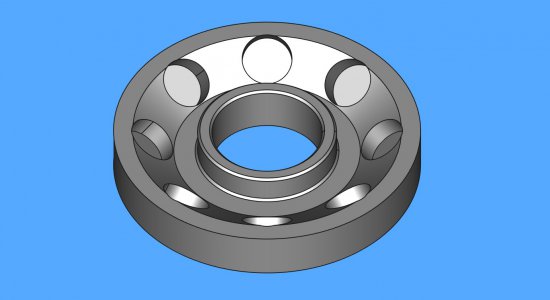- Joined
- Feb 1, 2015
- Messages
- 9,631
Something not yet discussed is the lead alloy. Arsenic is added to lead shot to harden it. Antimony was added to lead linotype metal to cause expansion on cooling so that it fully filled the mold. Are either if those going to present a problem? Lead used for roofing flashing is probably fairly pure as it is commonly deformed in use. Plumbers lead may be the same but may be difficult to find since the advent of PVC and ABS pipe. I'm not sure about wheel balancing weights.
In my experience with machining lead, holding the lead was a problem. The cutting tool would grab, causing the lead to deform.
In my experience with machining lead, holding the lead was a problem. The cutting tool would grab, causing the lead to deform.


